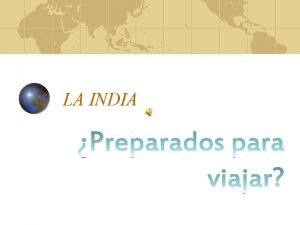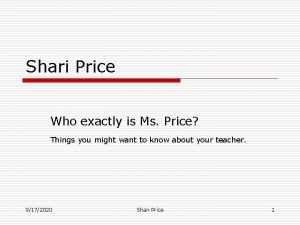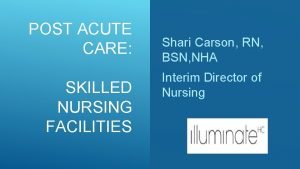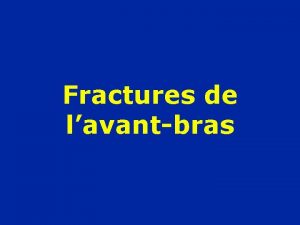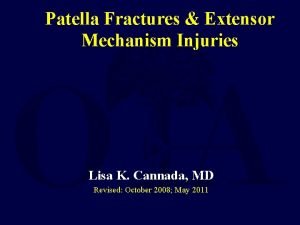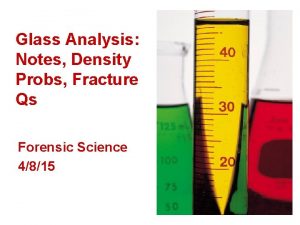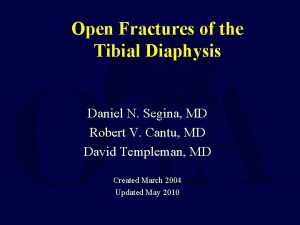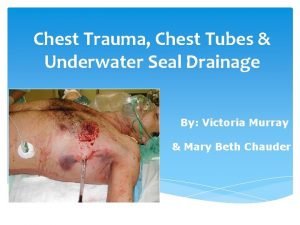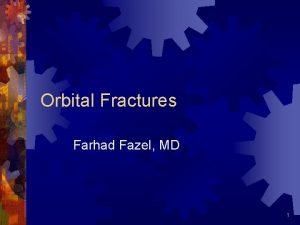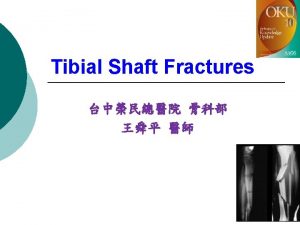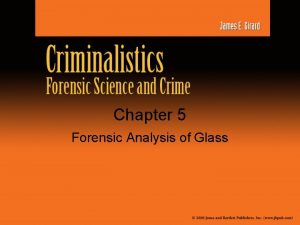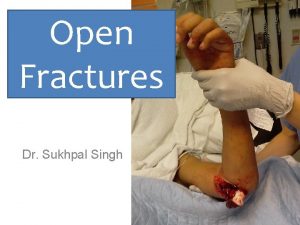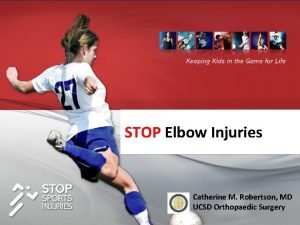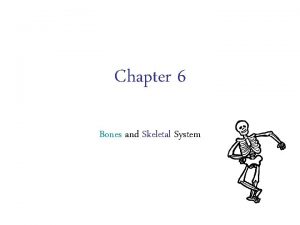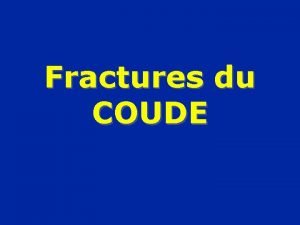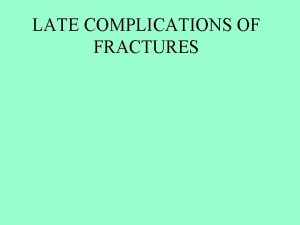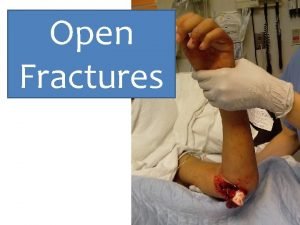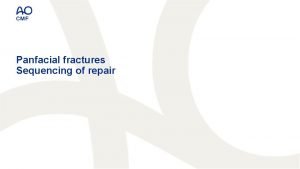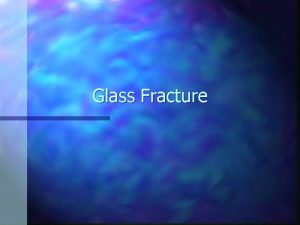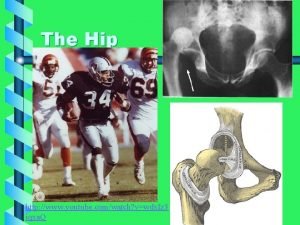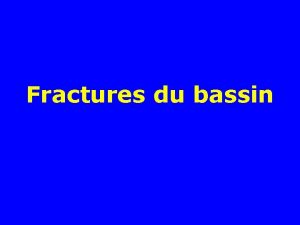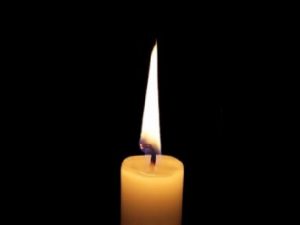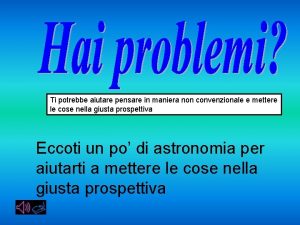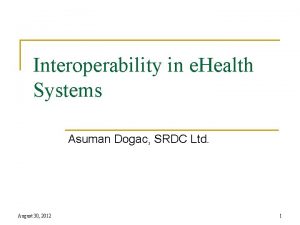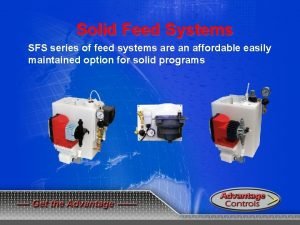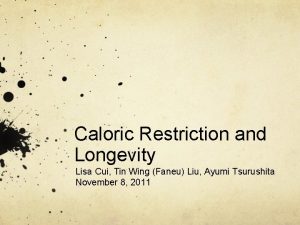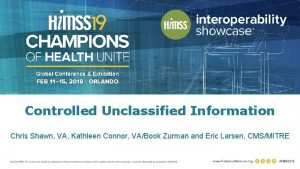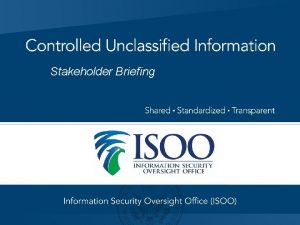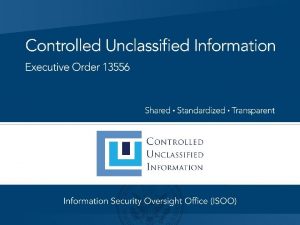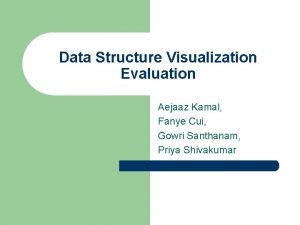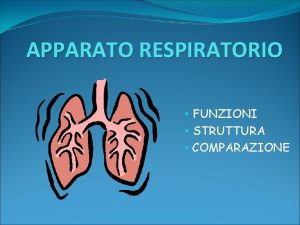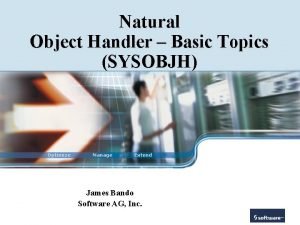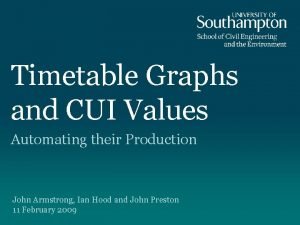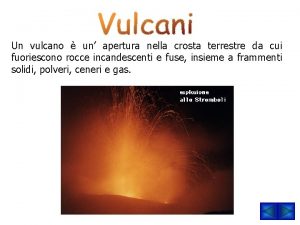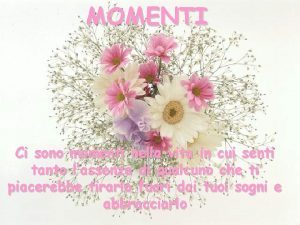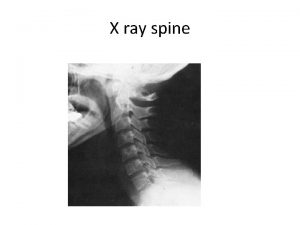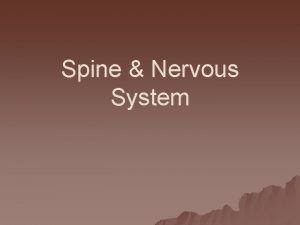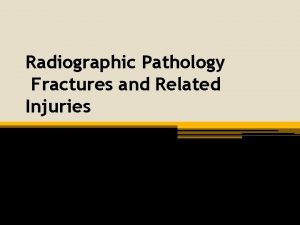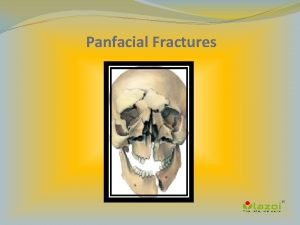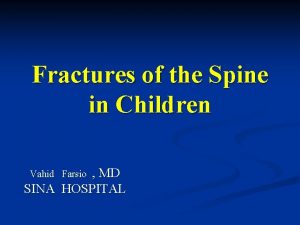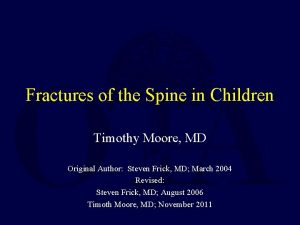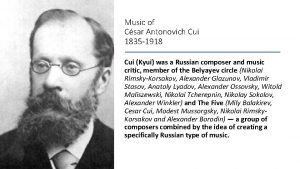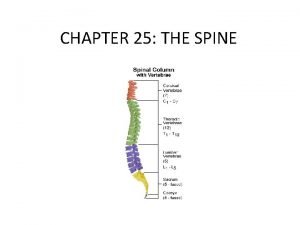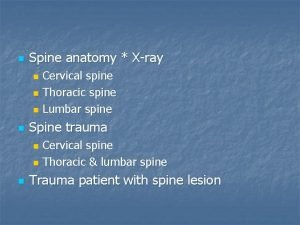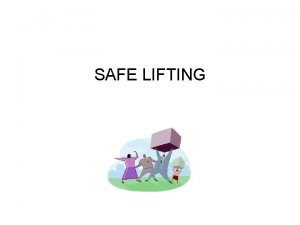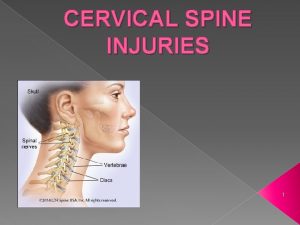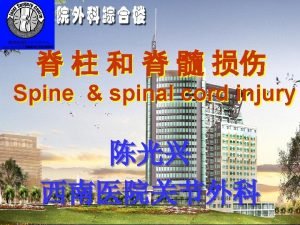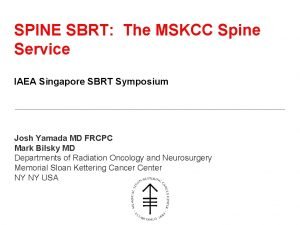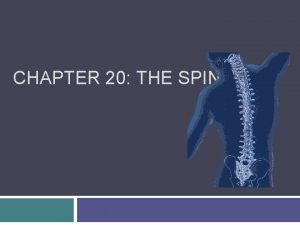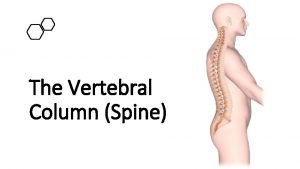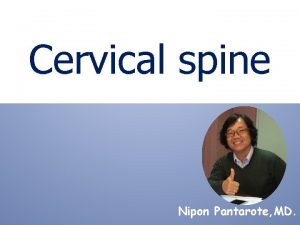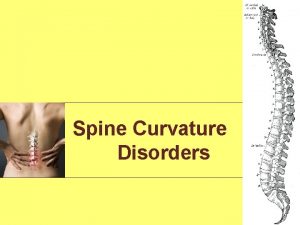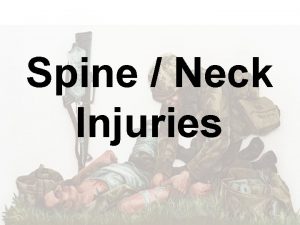Fractures of the Spine in Children Shari Cui
















































- Slides: 48

Fractures of the Spine in Children Shari Cui MD & John France MD February 2016 Original: Past Revised: Steven Frick, MD; March 2004 Steven Frick, MD; August 2006 Timothy Moore, MD; November 2011

Important Pediatric Differences • • • Not just “little adults” Anatomic / Radiographic differences/variants Flexible Large heads relative to body Physeal/synchondrosis/periosteal tube fractures - apparent dislocations • Surgery rarely indicated • Immobilization well tolerated

Epidemiology • Incidence < 5 yrs – 108 per million 5 -9 yrs 15 -19 yrs 2%4% • 3 M: 2 F • >15 yr highest risk • Etiology: – – 10 -14 yrs 12% MVC Falls Sports Non-accidental Trauma 82% Mendoza et al. Pediatric Spine Trauma in the United States. Iowa Orthopaedic Journal, 2015. Akbarnia (Ed) (2011). The Growing Spine. 1 st Ed. Springer, 2011.

Epidemiology • Injury Distribution 0 -4 yr Cervical Spine 5 -20 yr Lumbar Spine 0 -4 yrs Lumbar 21% Cervical 52% Thoracic 27% 10 -14 yrs 5 -9 yrs Lumbar 41% Cervical 34% Thoracic 24% Lumbar 43% Cervical 28% 15 -20 yrs Lumbar 41% Thoracic 29% Cervical 33% Thoracic 26% • Overall Neurologic Injury 15% > 50% cervical origin Mendoza et al. Pediatric Spine Trauma in the United States. Iowa Orthopaedic Journal, 2015.

Epidemiology • Patterns vary – Age (Adolescents predominate) – Race • Ie. African American – 24% firearm, caucasian – 1% firearm – Economic Status • Young children <9 yo – Ligamentous injury > Bony Injury – SCIWORA Knox et al. Spine Trauma in Very Young Children. JPeds. Orthop, 2014. Piatt et al. Pediatric Spinal Injry in the US: Epidemiology and Disparities. JNeurosurg. Pediatr 2015.

Cervical Spine Injuries • Rare - < 1% of children’s fractures • Neurologic Injury – “rare” to 44% • Mortality in ≤ 9 yrs • Age ≤ 7 yrs – Majority upper cervical, esp. craniocervical junction – Larger Head: Torso ratio • Age > 7 yrs – Lower cervical injuries predominate Jones. Pediatric cervical spine trauma. J Am Acad Orthop Surg. 2011; 19: 600 Shin. Pediatric C Spine and SCI: A National Database Study. Spine. 2015; Epub Ahead of print.

Cervical Spine Injuries • Upper cervical anatomy – Occiput-C 1 articulation horizontally based – Child: large head/body ratio – Prone to occiput-C 1 injury

Anatomy – C 1 • Birth: 3 ossification centers – Body & 2 x neurocentral arches • 7 yrs: Neurocentral synchondroses fuse Copley. Cervical spine disorders in infants and children. J Am Acad Orthop Surg. 1998; 6: 204.

Anatomy – C 2 • Birth: 4 ossification centers – Body, 2 x neural arches, dens • 3 -6 yr – Fusion of: – Neurocentral synchondroses – Dentocentral synchondrosis Significance: NO synchondrosis or physis should be visible on open mouth odontoid XR after 6 years of age Copley. Cervical spine disorders in infants and children. J Am Acad Orthop Surg. 1998; 6: 204. Obrien et al. The Dens: normal development, dev variants and anomalies and traumatic injuries. JClin. Imaging. Sci. 2015; 5: 38

Anatomy – C 2 • Summit ossification center – Appears at 3 – 6 yrs – Fuses ~ 12 yrs Do not confuse with os odontoideum. Creates confusion with studies Copley. Cervical spine disorders in infants and children. J Am Acad Orthop Surg. 1998; 6: 204. Obrien et al. The Dens: normal development, dev variants and anomalies and traumatic injuries. JClin. Imaging. Sci. 2015; 5: 38

Anatomy – C 2 Os Odontoideum • Origin hypotheses: – Congenital – Traumatic (favored) • Potential C 1 -C 2 instability • Usually asymptomatic • Debate about participation in contact sports Fielding. Os odontoideum. J Bone Joint Surg Am 1980; 62: 376. Arvin et al. Os Odontoideum: Etiology & surg Management, Neurosurgery, 2009

Subaxial Cervical Anatomy C 3 – C 7 • 3 -6 yrs: Neurocentral synchondroses fuse • Vertebral bodies wedge shaped until 7 yo bodies square out • Superior and inferior cartilage endplates firmly attached to disc Copley. Cervical spine disorders in infants and children. J Am Acad Orthop Surg. 1998; 6: 204.

Mechanism of Injury • Young child C-spine susceptible to injury: – Very mobile – ligamentous laxity & shallow angle of facet joints – Relatively larger head – Delayed ossification of uncinate processes – Anterior vertebral body wedging – Underdeveloped para-spinal muscles • Combination leads to upper cervical injuries • Most Common Etiologies: MVC & Falls

C-Spine Fracture Pattern • Junction b/w cartilage endplate and bony vertebral body • Fractures split the endplate b/w columnar growth cartilage and calcified cartilage • Does not typically occur by fracture through the endplate – disc junction Jones. Pediatric cervical spine trauma. J Am Acad Orthop Surg. 2011; 19: 600.

Transport & the Pediatric C Spine • Large head! – Standard backboard increased flexion of C spine • Remedy: – Pediatric backboard w/ cut-out for head (A) – Elevate trunk relative to head (w blankets) (B) A B Herzenberg et al. Emergency Transport and positioning of young children who have an injury of the cervical spine, JBJS. 1989; 71: !5 -22


C Spine Evaluation in Children • Mechanism extremely important • High incidence associated systemic injury – 50% other injuries, 20% neuro injury • Physical exam – tenderness (age, distracting injuries), neurological exam – Unexplained hypotension = SCI • Xrays not commonly used • CT scan to define bony detail • Low threshold to obtain MRI w/ stir Anderson. Cervical spine clearance after trauma in children. J Neurosurg. 2006; 105(5 Suppl): 361– 364.

ED C Spine Evaluation PR ADI PR – Powers Ratio. ADI – Atlanto-dens interval. & Others (see reference) Anderson. Cervical spine clearance after trauma in children. J Neurosurg. 2006; 105(5 Suppl): 361– 364.

Swichuk’s Line Spinolaminar line drawn from C 1 to C 3 Distinguishes normal variant from Hangman’s fracture Anderson. Cervical spine clearance after trauma in children. J Neurosurg. 2006; 105(5 Suppl): 361– 364.

C Spine XR Evaluation in Children • Be aware of normal ossification centers and physes • C 2/3 pseudosubluxation common in children < 8 yrs (Check spinolaminar line of Swischuk) • Evaluation of anterior soft tissues unreliable in crying child • In uninjured normal patients <8 yrs, 20% can demonstrate ADI 3 -5 mm (Adult ADI normal ≤ 3 mm) -Eubanks. Clearing the pediatric cervical spine following injury. J Am Acad Orthop Surg 2006; 14: 552. -Shaw. Pseudosubluxation of C 2 on C 3 in polytraumatized children: Prevalence and significance. Clin Radiol 1999; 54: 377.

Normal Radiographic Findings • • • Ossiculum terminale C 1 override C 2 (20%) Multiple 2 ndary ossification centers Normal synchondrosis Odontoid angulation (4%) Basilar subdental synchondrosis (>7 ys) Pseudosubluxation (<9 yrs) ADI < 5 mm (why? ligamentous laxity & cartilage components in kids) RSTS Normal anterior body wedging <7 yrs Horizontal facets as pillar fxs Single-level kyphosis (16%)

C 2 -3 Pseudosubluxation • Anatomic variant - C 2 pseudosubluxing on C 3 (occasionally C 3 on 4) – Swichuk intact • Differentiate from true injury (which is uncommon): – Presence of prevertebral soft tissue swelling – Break in the spinolaminar line of Swischuk Shaw. Pseudosubluxation of C 2 on C 3 in polytraumatized children: Prevalence and significance. Clin Radiol 1999; 54: 377.

Traumatic Spinal Cord Injury • Rare in children • Better prognosis for recovery than adults • Treat aggressively with immobilization +/decompression • Late sequelae = paralytic scoliosis (affects almost all quadriplegic children if injured when < 10 yrs old) Parent. Spinal cord injury in the pediatric population: a systematic review of the literature. J. Neurotrauma. 2011; 28: 1515.

SCIWORA Spinal Cord Injury W/o Radiographic Abnormality • Distraction Mechanism - Spinal column more flexible than Spinal Cord • Cord traction injury w/ normal XRs • Usually upper C spine and <8 yrs • MRI – diagnose cord injury & eval posterior soft tissues • SCIWORA & dislocations w/ age – 16. 99% toddlers (w C spine injuries) – 5. 04% young adults (w C spine injuries) High Suspicion - GCS 3 w/ normal CT head may be upper cervical spinal cord injury! Occiput –C 1 SCIWORA Parent. Spinal cord injury in the pediatric population: a systematic review of the literature. J. Neurotrauma. 2011; 28: 1515. Shin. Pediatric C Spine and SCI: A National Database Study. Spine. 2015; Epub Ahead of print.

SCIWORA • Stretch skeleton > Stretch cord • Stretch Capacity – Spinal Column 2” > Spinal Cord ¼” • Cord restricted by horizontal cervical roots, foramen magnum Leventhal, JPeds. Orthop 1960

C-Spine Clearance & Evaluation • • 3 view plain film series still used Low threshold for further imaging CT scan upper C-spine (O-C 2) Consider MRI if intubated or obtunded Sharma. Assessment for additional spinal trauma in patients with cervical spine injury. Am Surg. 2007; 73: 70.

C-Spine Clearance & Evaluation Not “Cleared” by Plain Radiographs • CT scan – Advantages – Fast, No sedation or anesthesia – Disadvantages – radiation, Limited evaluation soft tissues & cartilage • Assess alignment & bony injury Sharma. Assessment for additional spinal trauma in patients with cervical spine injury. Am Surg. 2007; 73: 70.

Not “Cleared” • MRI scan – currently favored • Rapid sequence/image acquisition algorithms – gradient echo • Evaluate non osseous tissues and spinal cord • MRI scan should be considered in critically injured child for whom adequate plain films cannot be obtained to rule out spinal injury Sharma. Assessment for additional spinal trauma in patients with cervical spine injury. Am Surg. 2007; 73: 70.

If not “Cleared” within 12 Hours • Switch to pediatric Aspen or Miami J collar • Consider CT or MRI Mc. Call. Cervical spine trauma in children: a review. Neurosurg Focus. 2006; 20(2): E 5.

Clearance Protocol Child in C-spine collar Spine Service Consult ABNORMAL RADIOGRAPH S Trauma evaluation and Cervical spine radiographs: AP/lateral/odontoid for age > 5 yr AP/lateral only for age ≤ 5 yr NORMAL NO Spine Service Consult Communicative child ≥ 3 years YES Meets NEXUS criteria: 1. Absence of midline cervical tenderness 2. No evidence of intoxication 3. Normal level of alertness 4. Normal neurological exam 5. Absence of a painful, distracting injury Spine Service Consult NO YES C-SPINE CLEAR NO Normal neurological exam YES Spine Service Consult ABNORMAL Flexion/Extension Cspine x-rays NORMAL C-SPINE CLEAR INADEQUATE Leave in collar; refer to neurosurgery clinic in 1 -2 weeks Anderson. Cervical spine clearance after trauma in children. J Neurosurg. 2006; 105(5 Suppl): 361.

If You See a Spine Fracture in a Child • Look hard for another one “The most commonly missed spinal fracture is the second one”. -J. Dormans • High incidence of noncontiguous spine fractures in children Firth. Pediatric Non-Contiguous Spinal Injuries: The 15 year Experience at One Pediatric Trauma Centre. Spine. 2011 Nov. 14 (Ahead of Print)

Thoracic Spine Fractures • Less common spinal fracture in children than in more mobile regions • Rib cage offers some support / protection • Motor vehicle crashes, falls from heights • Child abuse in very young • Compression fractures in severely osteopenic conditions (OI, chemotherapy) • Multiple contiguous – hyperflexion neck/chest injury (motorcross) Slotkin. Thoracolumbar spinal trauma in children. Neurosurg. Clin. N. Am. 2007; 18: 621.

• 11 M, motorcross, flew over handlebars

Thoracic Spine Fracture Dislocations • High energy mechanisms • Often spinal cord injury, can be transected • Prognosis for recovery most dependent on initial exam – complete deficits unlikely to have recovery • Infarction of cord (artery of Adamkiewicz) may play some role –especially in delayed paraplegia Slotkin. Thoracolumbar spinal trauma in children. Neurosurg. Clin. N. Am. 2007; 18: 621.

Thoracolumbar Junction Injuries T 11 -L 2 • Classically lap-belt flexion-distraction injuries • Chance fractures and variants • High association with intraabdominal injury (50 -90%) • Neurologic injury infrequent but can occur Arkader. Pediatric chance fractures: a multicenter perspective. J Pediatr Orthop. 2011; 31: 741.

Chance Fractures and Variants • Flexion over fulcrum • Posterior elements fail in tension, anterior elements in compression – Can occur through bone, soft tissue or combination • Treatment – Pure bony injuries can be treated with immobilization in extension – Partial or whole ligamentous injuries may be best treated with surgical stabilization Arkader. Pediatric chance fractures: a multicenter perspective. J Pediatr Orthop. 2011; 31: 741.

Seatbelt/Flexion-Distraction Injury Classification A B C D Rumball. Seat-belt injuries of the spine in young children. J Bone Joint Surg Br. 1992; 74: 571.

Bony Flexion Distraction Injury Cast 3 month

Ligamentous Flex/Dist Injury 1 • 5 y. F, MVC, bowel perforations Tx: L 2 -3 open short-segment fixation/fusion

Ligamentous Flex/Dist Injury 2 12 y. M, MVC, initial missed injury Upright lateral + Flexion/Extension XR Tx: L 3 -4 Percutaneous fusionless fixation w/ removal @ 6 mo 30 months post op

Combined (Bony+Ligamentous) Flexion Distraction Injury Tx: Closed reduction, perc fixation 16 y. M, MVC, bowel injury 3 yrs postop Healed Broken screws (disc motion) - removed Postop

Lap Belt Sign • High association with intraabdominal injury and lumbar spine fracture • Lumbar spine films mandatory Arkader. Pediatric chance fractures: a multicenter perspective. J Pediatr Orthop. 2011; 31: 741.

Lumbar Spine Fractures L 3 -L 5 • Infrequent until late adolescence – Can be associated with lap belt injuries • Usually compression fractures that are stable injuries • Burst fractures – May progress to kyphosis • Lumbar apophyseal injuries – Posterior displacement can cause stenosis, may need surgical excision Slotkin. Thoracolumbar spinal trauma in children. Neurosurg. Clin. N. Am. 2007; 18: 621.

Lumbar Apophyseal Injuries Slipped Apophysis • Compression-shear injuries • Same age group as SCFE • Typically adolescent males, inferior endplates of L 4 or L 5 • Traumatic displacement of vertebral ring apophysis and disc into spinal canal • If causes significant compression of cauda equina, treatment is surgical excision Chang. Clinical significance of ring apophysis fracture in adolescent lumbar disc herniation. Spine. 2008; 33: 1750.

Burst Fractures • Usually in older adolescents • Treatment similar to adults • May not need surgery in neurologically intact patient • Injuries at thoracolumbar junction higher risk for progressive kyphosis Slotkin. Thoracolumbar spinal trauma in children. Neurosurg. Clin. N. Am. 2007; 18: 621.

Bibliography • Special Thanks - Additional Cases and imaging from: – – • • • • Dr. John C France (West Virginia University, Ruby Memorial) Dr. Aki S Puryear (St Louis University, Cardinal Glennon Children’s Hospital) Anderson RCE, Scaife ER, Fenton SJ, Kan P, Hansen KW, Brockmeyer DL. Cervical spine clearance after trauma in children. J Neurosurg. 2006 Nov. ; 105(5 Suppl): 361– 364. Arkader A, Warner WC, Tolo VT, Sponseller PD, Skaggs DL. Pediatric chance fractures: a multicenter perspective. J Pediatr Orthop. 2011 Sep. ; 31(7): 741– 744. Arvin et al. Os Odontoideum: Etiology & surg Management, Neurosurgery, 2009 Chang C-H, Lee Z-L, Chen W-J, Tan C-F, Chen L-H. Clinical significance of ring apophysis fracture in adolescent lumbar disc herniation. Spine. 2008 Jul. 15; 33(16): 1750– 1754. Copley LA, Dormans JP. Cervical spine d/o’s in infants & children. JAm. Acad. Orthop. Surg. 1998 Jun. ; 6(4): 204– 214. Cui S, Busel G, Puryear AS. Percutaneous Pedicle Screw Stabilization without Fusion of Adolescent Thoracolumbar Spine Fractures. JPeds. Orthop, 2015. (Ahead of Print) Eubanks JD, Gilmore A, Bess S, Cooperman DR: Clearing the pediatric cervical spine following injury. J Am Acad Orthop Surg 2006; 14(9): 552 -564. Fielding JWHensinger RN, Hawkins RJ: Os odontoideum. J Bone Joint Surg Am 1980; 62: 376 -383. Firth GB, Kingwell S, Moroz P. Pediatric Non-Contiguous Spinal Injuries: The 15 year Experience at One Pediatric Trauma Centre. Spine. 2011 Nov. 14 (Ahead of Print) Herzenberg et al. Emergency Transport and positioning of young children who have an injury of the cervical spine, JBJS. 1989; 71: !5 -22 Jones TM, Anderson PA, Noonan KJ. Pediatric c spine trauma. JAm. Acad. Orthop. Surg. 2011 Oct. ; 19(10): 600– 611. Knox et al. Spine Trauma in Very Young Children. JPeds. Orthop, 2014. Leventhal, JPeds. Orthop 1960

Bibliography • • • Mc. Call T, Fassett D, Brockmeyer D. Cervical spine trauma in children: a review. Neurosurg Focus. 2006; 20(2): E 5. Mendoza et al. Pediatric Spine Trauma in the United States. Iowa Orthopaedic Journal, 2015. Obrien et al. The Dens: normal development, dev variants and anomalies and traumatic injuries. JClin. Imaging. Sci. 2015; 5: 38 Parent S, Mac-Thiong J-M, Roy-Beaudry M, Sosa JF, Labelle H. Spinal cord injury in the pediatric population: a systematic review of the literature. J. Neurotrauma. 2011 Aug. ; 28(8): 1515– 1524. Piatt et al. Pediatric Spinal Injry in the US: Epidemiology and Disparities. JNeurosurg. Pediatr 2015. Rumball K, Jarvis J. Seat-belt injuries of the spine in young children. J Bone Joint Surg Br. 1992 Jul. ; 74(4): 571– 574. Sharma OP, Oswanski MF, Yazdi JS, Jindal S, Taylor M. Assessment for additional spinal trauma in patients with cervical spine injury. Am Surg. 2007 Jan. ; 73(1): 70– 74. Shaw M, Burnett H, Wilson A, Chan O: Pseudosubluxation of C 2 on C 3 in polytraumatized children: Prevalence and significance. Clin Radiol 1999; 54(6): 377 -380. Shin. Pediatric C Spine and SCI: A National Database Study. Spine. 2015; Epub Ahead of print. Slotkin JR, Lu Y, Wood KB. Thoracolumbar spinal trauma in children. Neurosurg. Clin. N. Am. 2007 Oct. ; 18(4): 621– 630. Tarr RW, Drolshagen LF, Kerner TC, Allen JH, Partain CL, James AE. MR imaging of recent spinal trauma. J Comput Assist Tomogr. 1987 Apr. ; 11(3): 412– 417. If you would like to volunteer as an author for the Resident Slide Project or recommend updates to any of the following slides, please send an email to ota@ota. org Return to Pediatrics Index

• For questions or comments, please send to ota@ota. org
 Shari ramadan
Shari ramadan Sharil
Sharil Yainismo
Yainismo Shari price
Shari price Shari carson
Shari carson Shari finch
Shari finch Fracture en bois vert
Fracture en bois vert Types of fractures with pictures
Types of fractures with pictures Radial fracture
Radial fracture Acetabulum ossification
Acetabulum ossification Classification of open fractures
Classification of open fractures Dry vs wet suction chest tube
Dry vs wet suction chest tube Weber classification
Weber classification Canthatomy
Canthatomy Gustilo anderson classification antibiotics
Gustilo anderson classification antibiotics Types of glass fractures
Types of glass fractures Classification of open fractures
Classification of open fractures Bone cancer fractures
Bone cancer fractures Irving tennis elbow
Irving tennis elbow Tubular shaft of a long bone
Tubular shaft of a long bone Fracture sus condylienne
Fracture sus condylienne Myoisitis
Myoisitis Open fracture treatment
Open fracture treatment Panfacial fractures sequencing
Panfacial fractures sequencing Difference between radial and concentric fractures
Difference between radial and concentric fractures Acetabular fractures
Acetabular fractures Fracture de voillemier def
Fracture de voillemier def Questa è la notte in cui cristo ha distrutto la morte
Questa è la notte in cui cristo ha distrutto la morte Mercurio
Mercurio Cui umls
Cui umls Sfs bowls
Sfs bowls Il primo canto della divina commedia
Il primo canto della divina commedia Lisa cui
Lisa cui Cui banner marking
Cui banner marking Ud of classified information and cui
Ud of classified information and cui Cuifar
Cuifar 13556
13556 Cui
Cui Hanno un aspetto spugnoso e forma conica
Hanno un aspetto spugnoso e forma conica Cui commands
Cui commands Stable prediction across unknown environments
Stable prediction across unknown environments Cui timetable
Cui timetable Cui garbage schedule
Cui garbage schedule Swt eclipse
Swt eclipse Piante il cui seme è racchiuso in un frutto
Piante il cui seme è racchiuso in un frutto Eruzione peleeana
Eruzione peleeana Solid
Solid Ci sono momenti nella vita
Ci sono momenti nella vita Teng cui
Teng cui


